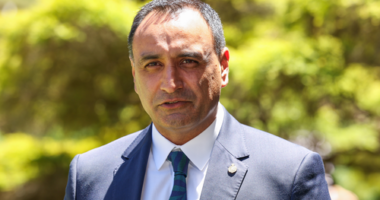Share this @internewscast.com
The Uluṟu-Kata Tjuṯa National Park is not only a breathtaking natural wonder but also a significant site in the annals of Indigenous land rights history. Its cultural and spiritual importance is deeply intertwined with the journey toward recognizing the land rights of Australia’s Indigenous people.
In a nod to this rich history, on October 25, 2025, the park will host a grand public celebration marking 40 years since the historic Handback. This event, set against the stunning backdrop of the Talinguṟu Nyakunytjaku sunrise site, promises to be a vibrant affair. Attendees can look forward to experiencing inma, which are traditional dances performed by the Aṉangu people, live music performances, bustling markets, and more.
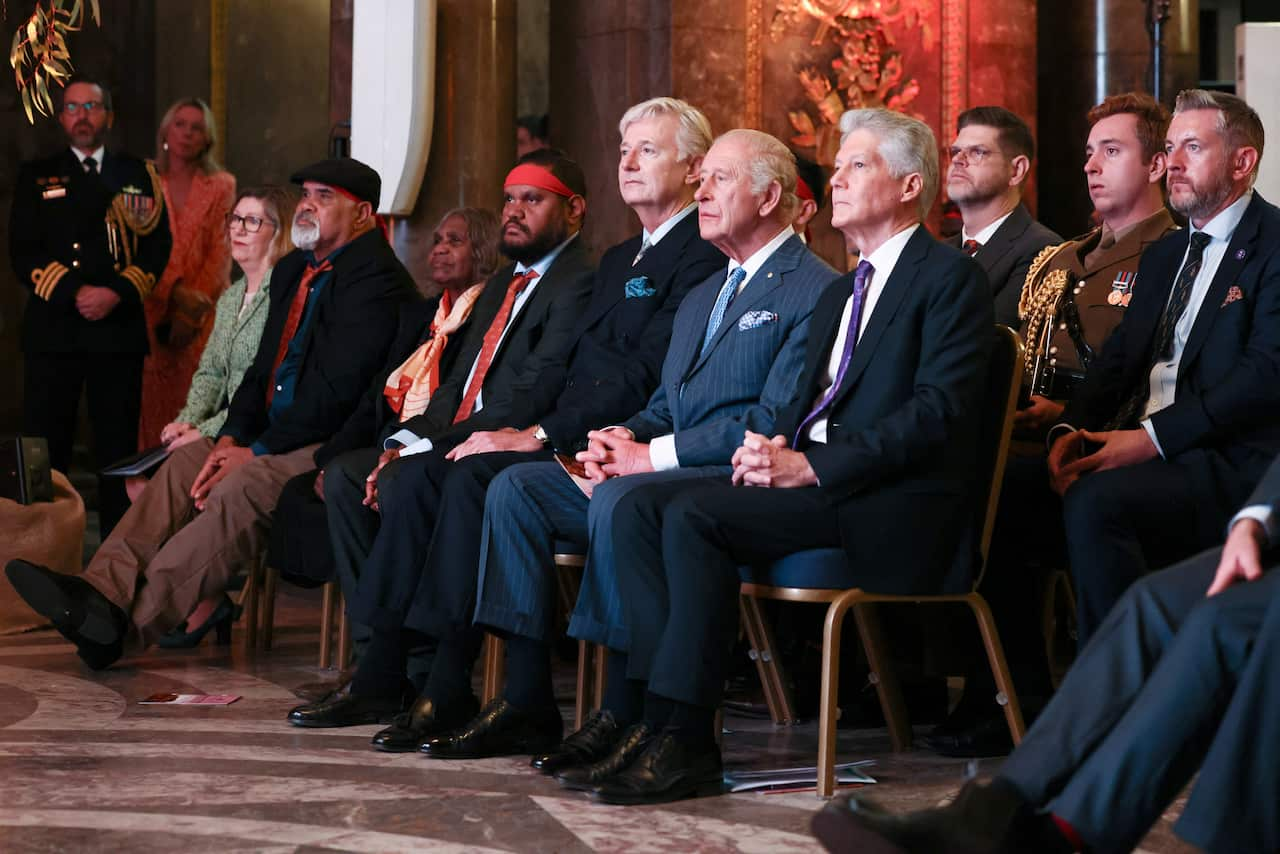
The significance of this anniversary is underscored by the attendance of esteemed figures such as Aṉangu representatives Sammy Wilson, Allison Carroll, and Tapaya Edwards, alongside King Charles and Australia’s High Commissioner, Stephen Smith. Their presence at this event highlights the global recognition of the cultural and historical importance of the Handback.
Historically, the early 20th century marked a period when the lands surrounding Uluṟu and Kata Tjuṯa were designated as an Aboriginal reserve. This area remained relatively untouched by non-Indigenous people until 1948, when Uluṟu was removed from the reserve, and a new road opened up access to the site.
In 2015, Aṉangu men performed traditional dances during an event celebrating the 30th anniversary of the Handback at the Mutitjulu community in the Northern Territory. This event served as a poignant reminder of the ongoing connection between the Aṉangu people and their ancestral lands, a connection that will be celebrated once again in 2025.
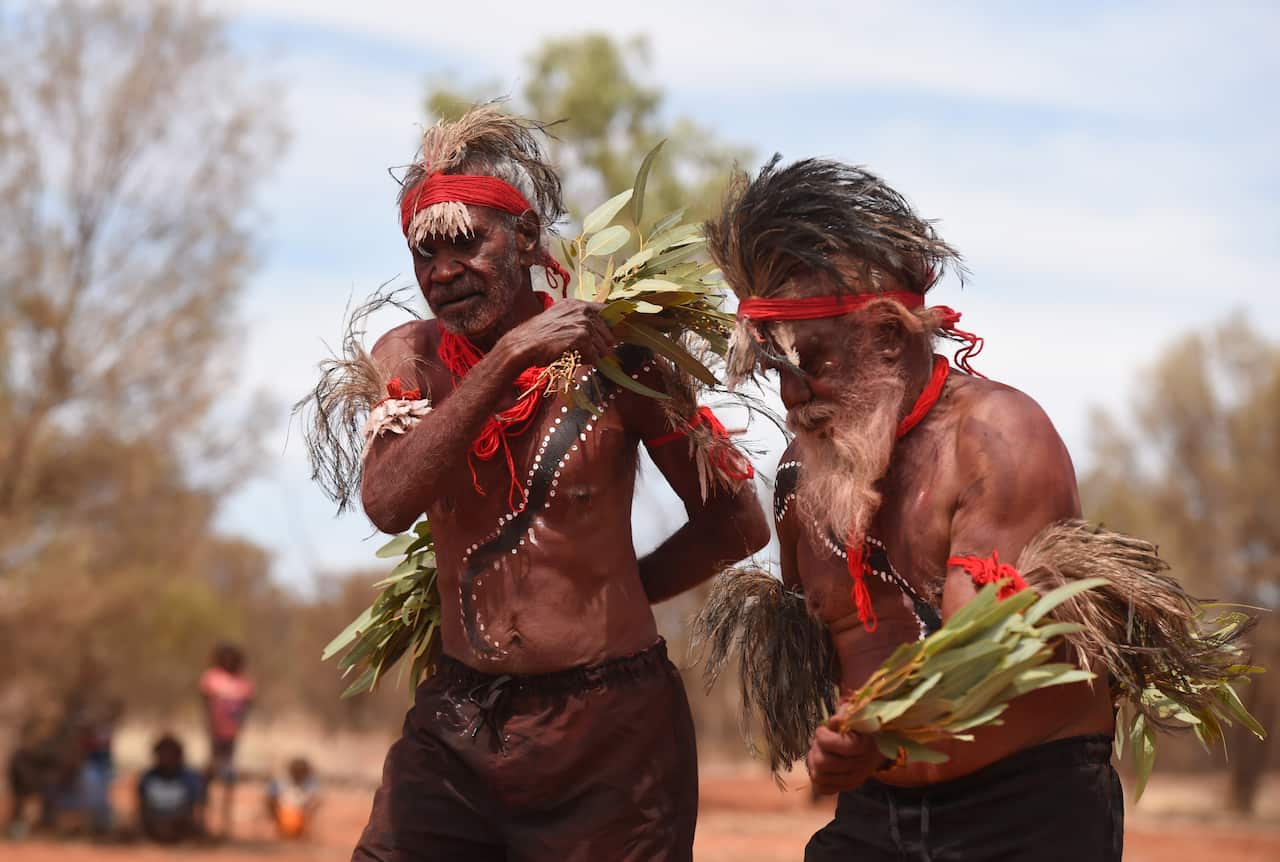
Aṉangu men dance during an event to mark the 30th anniversary of the Handback of Uluru at the community of Mutitjulu in the Northern Territory, Monday, Oct. 26, 2015. Credit: Dan Peled/AAP Image
The addition of the road and removal of Uluṟu from the reserve opened the area to tourism and mining.
Despite this, Aṉangu connection to their lands and culture never ceased.
Aboriginal land rights movement and Handback
Finally, in 1985, the Hawke government amended the Aboriginal Land Rights Act, leading to Handback on October 26 that year.
The joint agreement brought hope that living conditions and employment opportunities would improve in the area, particularly for Mutitjulu – the community where Aṉangu live within the national park.
Beyond Handback
In 2010, the Parks Management Plan outlined the intention to close the climb and in 2019 the Board of Management voted to end climbing from October 26, 2019, the 34th anniversary of Handback.
“We have a long way to go as a nation of people.”
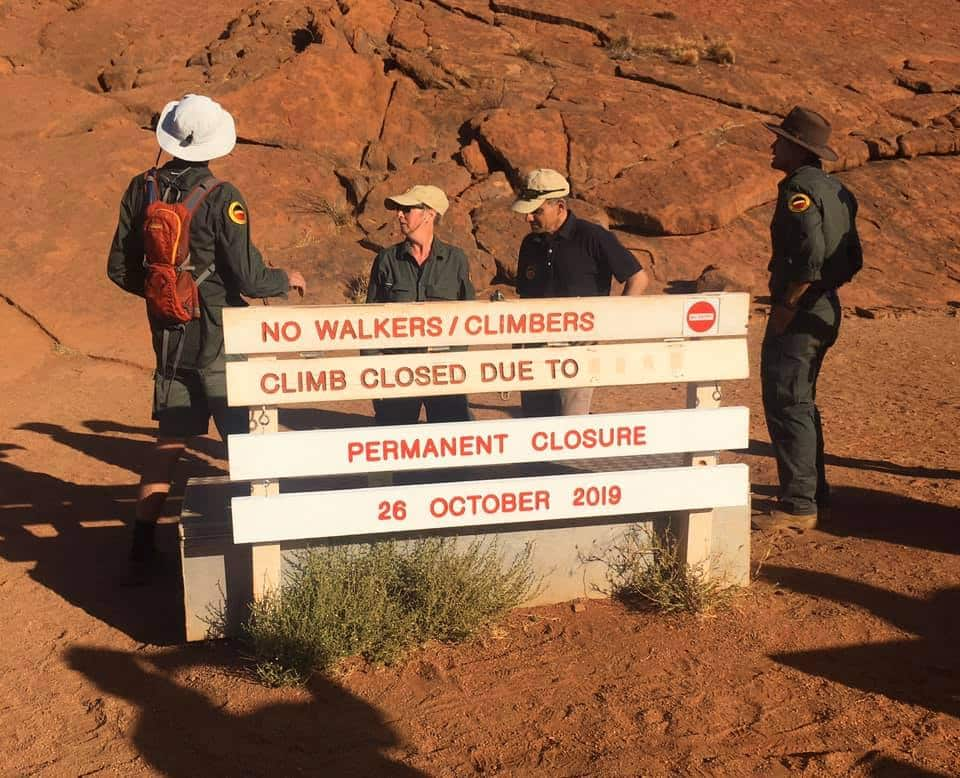
A sign at the base of Uluru announces permanent closure of the climb. Credit: NITV News | Rachael Hocking
40 years on and still much work to be done
“In the past, when I was young, the Queen and the King previously before her, they did have ownership of Australia but now we’re in the process of saying some of the lands should come back to Aṉangu people and to Aboriginal people in Australia,” she said.
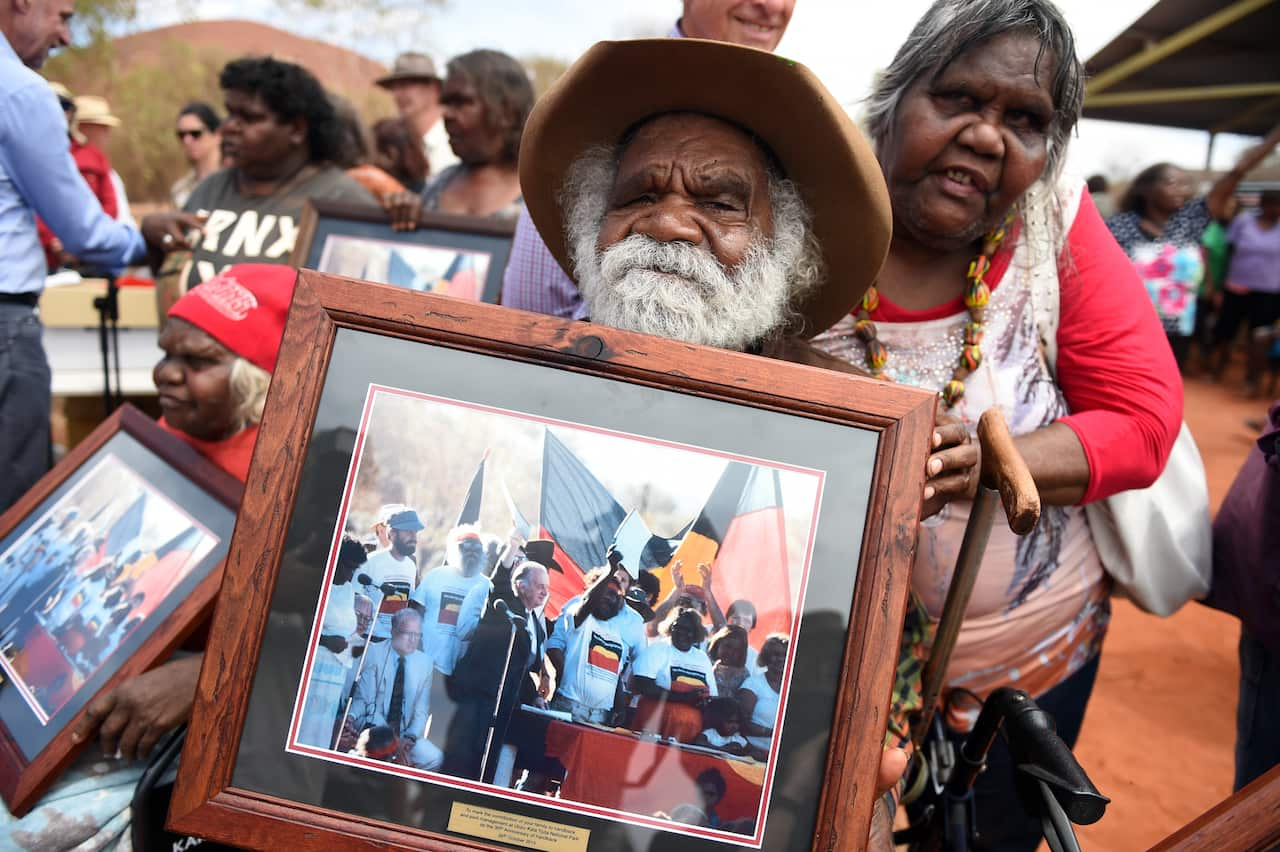
Reggie Uluru holds a framed photograph of himself at the original Handback in 1985, during an event to mark the 30th anniversary of the event at the community of Mutitjulu in the Northern Territory, Monday, Oct. 26, 2015. Credit: Dan Peled/AAP Images
Mr Edwards said he looks forward to working towards the future for the next generation of Aṉangu.
“There is still much work to be done, and over the next 40 years we look forward to seeing our young people carry this flame forward as they learn Aṉangu traditional knowledge and Western knowledge to care for Country and keep Tjukurpa strong.”








